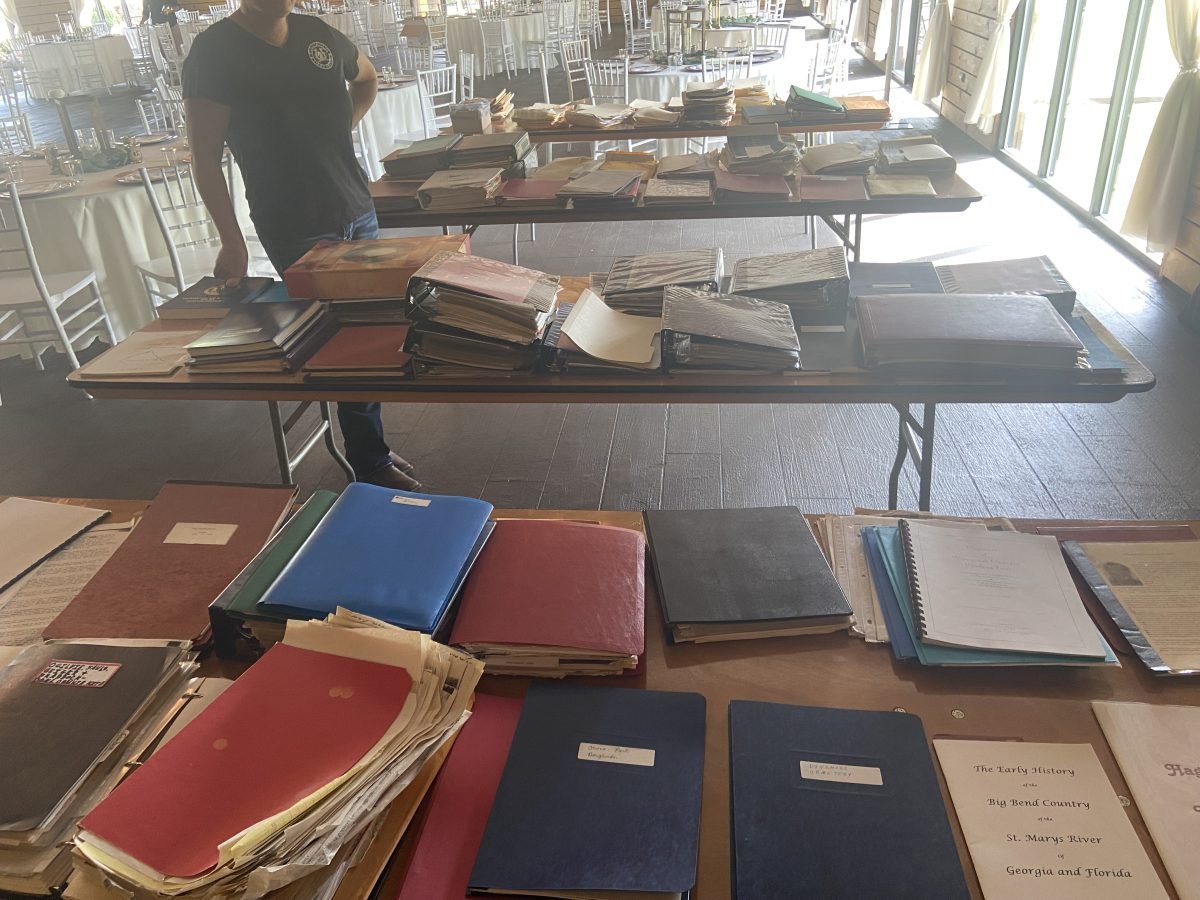Unraveling Your Family’s Past with Organized Genealogy
Organizing a large collection of family genealogy materials can be a rewarding task, as you’ll learn more about your family history in the process. Here are some steps to help you sort and organize the binders, manila folders and loose papers effectively:
Assess the materials:
Start by reviewing the contents of each folder to get an overview of what you have. Look for patterns, recurring names, or other key pieces of information that can help guide your organization process.
Create a plan:
Determine your organizational goals, whether it be by generation, family line, or geographic location. You can also use a combination of these approaches. Decide on a color-coding or labeling system that will help you easily identify each category.
Sort and categorize:
Begin sorting the loose papers and records based on your chosen organization method. You may want to create subfolders within each surname folder to separate the materials into distinct categories, such as birth records, marriage records, death records, photos, letters, or other documents.
Label and date:
Label each document or record with the relevant names, dates, and relationships, if not already provided. This will make it easier to find and understand the information in the future. Use archival-safe pens or pencils for labeling to avoid damaging the documents.
Digitize:
Consider scanning or photographing important records and documents to create a digital archive. This will help preserve the information and make it easier to share with family members. Be sure to store digital files in multiple locations, such as on your computer, an external hard drive, and a cloud-based storage service.
Create a family tree:
Use the information you’ve gathered to create a visual family tree. Many online resources and software applications are available to help you design and maintain a digital family tree, such as Family Tree Maker, Roots Magic, or Gramps.
Store materials properly:
Ensure that your physical records are stored in a safe and secure location. Use acid-free, archival-quality materials to protect your documents from damage. Store your folders in a cool, dry, and dark place to prevent deterioration.
Update and maintain:
As you continue to research your family history, keep your folders and digital archives up to date with new information. Encourage family members to contribute and share their own records or stories.
Remember, organizing a family genealogy collection takes time and effort. Be patient and enjoy the journey of discovering your family’s history.

